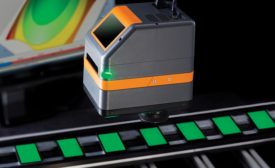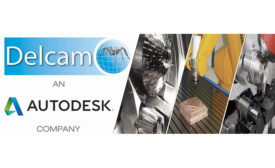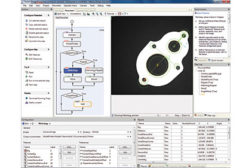How Artificial Intelligence overcomes major obstacles standing in the way of automating complex visual inspection tasks
From accommodating flexibility to minimizing overdetection, the latest AI algorithms have the necessary capabilities to match the sensibility and expertise of professional human inspectors.
Read More



